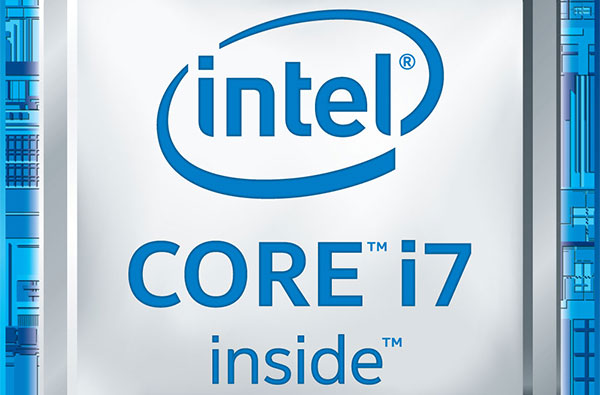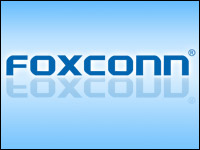Intel on Tuesday introduced its long-awaited 6th Generation Core family, which will include 48 processors. The launch coincides with the migration to Windows 10, which became generally available at the end of July.
With Moore’s Law in question, Intel finally made a breakthrough in transitioning from 22nm dies down to 14nm. It took the company about four years to develop the Skylake architecture that accomplished it.
Overall, the new processor family is one of Intel’s strongest advancements yet, suggested Rob Enderle, principal analyst for the Enderle Group.
The new 14nm Skylake processor offers a better experience overall, he said.
“It’s the kind of speed you can use, because your boot times are faster and your battery life is longer,” Enderle told the E-Commerce Times, “and, in a way, you’re getting very close to having the best of both worlds — both tablets and laptops in a box.”
Half-a-Second Wake-Up
The new 6th Generation Intel Core processors are the best it has ever made, the company said.
They are lighter, more compact, more powerful and more energy-efficient, noted Intel spokesperson Scott Massey. All of those improvements will impact consumers in a number of ways.
“They’re faster, so you can do things more quickly and multitask without the system hanging,” he told the E-Commerce Times. “They’ll start up much faster. [There are] even some that can wake up in half a second.”
The latest generation of Intel Core processors support 4K video and 4K video gaming, drawing less power as they do so. Older systems simply can’t handle 4K, Massey noted.
The energy efficiency of the new 14nm processor will give manufacturers, including Intel, not only better performance, but also more design freedom. Ultimately, devices will get smaller and thinner as a result, because lighter and more mobile is what consumers want.
Our “6th Gen Intel Core also enables lighter systems, sleeker designs, fanless 2-in-1s, hardcore gaming rigs — laptops and desktops — tiny compute sticks, [and] thin and wide-screen all-in-ones,” Massey said. “So from a form factor perspective, you get a great variety of devices that fit virtually any need.”
Windows 10 and Beyond
Intel last year released its 14nm design for its 5th Gen Intel Core microarchitecture, code-named “Broadwell.”
That was the “tick” in what has become known as Intel’s “tick-tock” release strategy — that is, introducing a manufacturing technique into an established processor family through a soft launch, so to speak, before implementing it into new architecture for the “tock.” The “tock,” in this case, is the combination of the 14nm design with Intel’s Skylake architecture.
More than half a billion computers are running on hardware four years old or older, Intel said, adding that there has never been a better time than now to upgrade to a new computer.
To ensure that Windows 10 and the 6th Gen Intel Core CPUs were tuned to harmonize, Intel and Microsoft worked closely on the launches of their two biggest products in years.
“That means Windows 10 will work best on this new generation of systems,” said Massey. With RealSense and Windows Hello, you can log in with your face. The work we did on audio at the chip level helps Cortana be even more precise and useful. On older machines, these features don’t really shine.”
Intel’s “tock” is especially strong due to the mass exodus from Windows 7 and 8 to 10, observed Enderle.
Just as Windows 10 hardware is about to receive a huge bump in form and functionality, OS X devices are in for similar gains, he added.
“You’ll see a really big bump when the Macs start shipping with Skylake as well,” Enderle said. “You’ll see one of their strongest refreshes shortly.”























































Social Media
See all Social Media